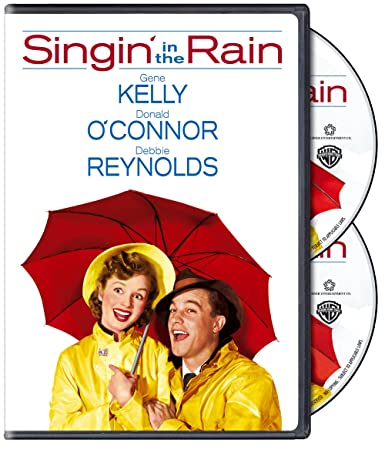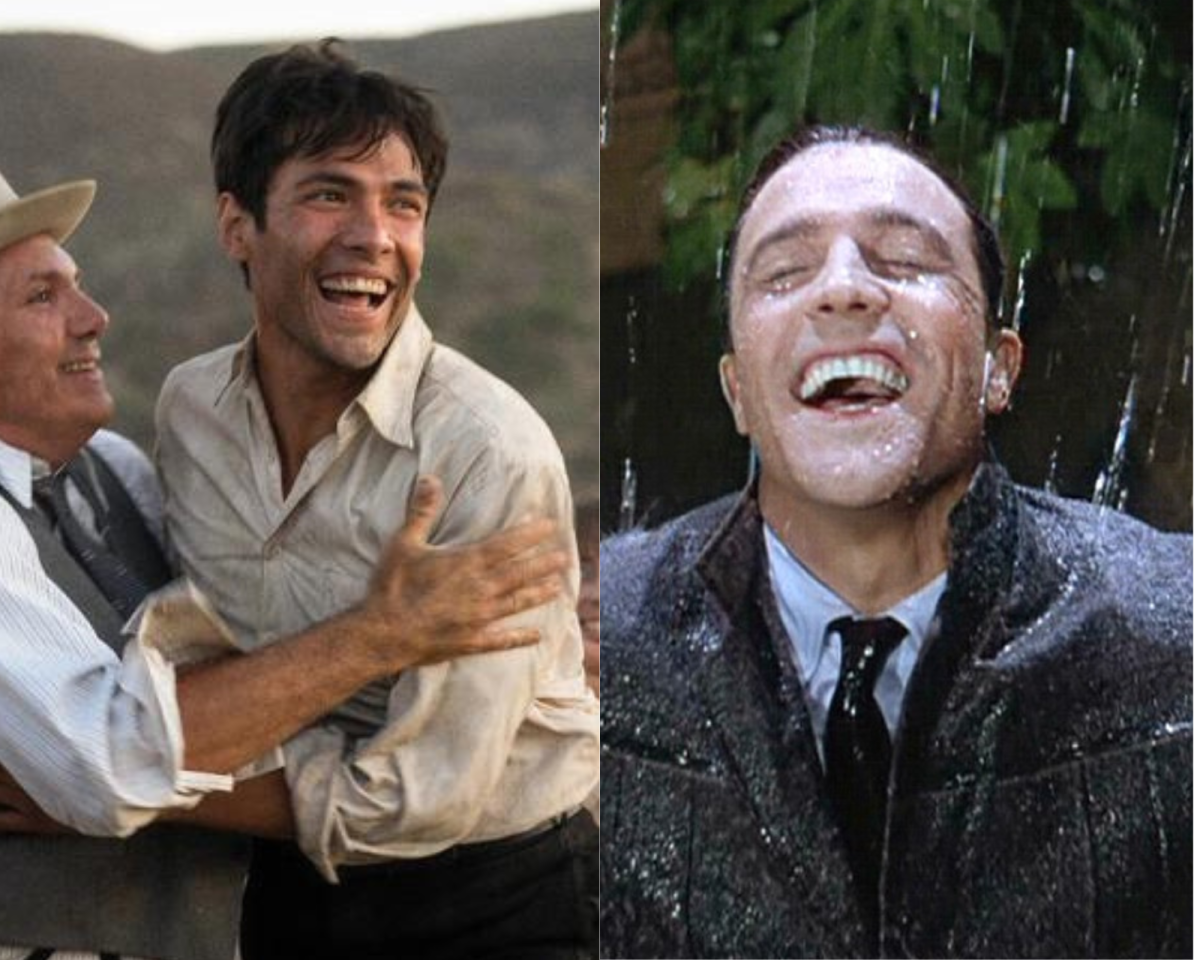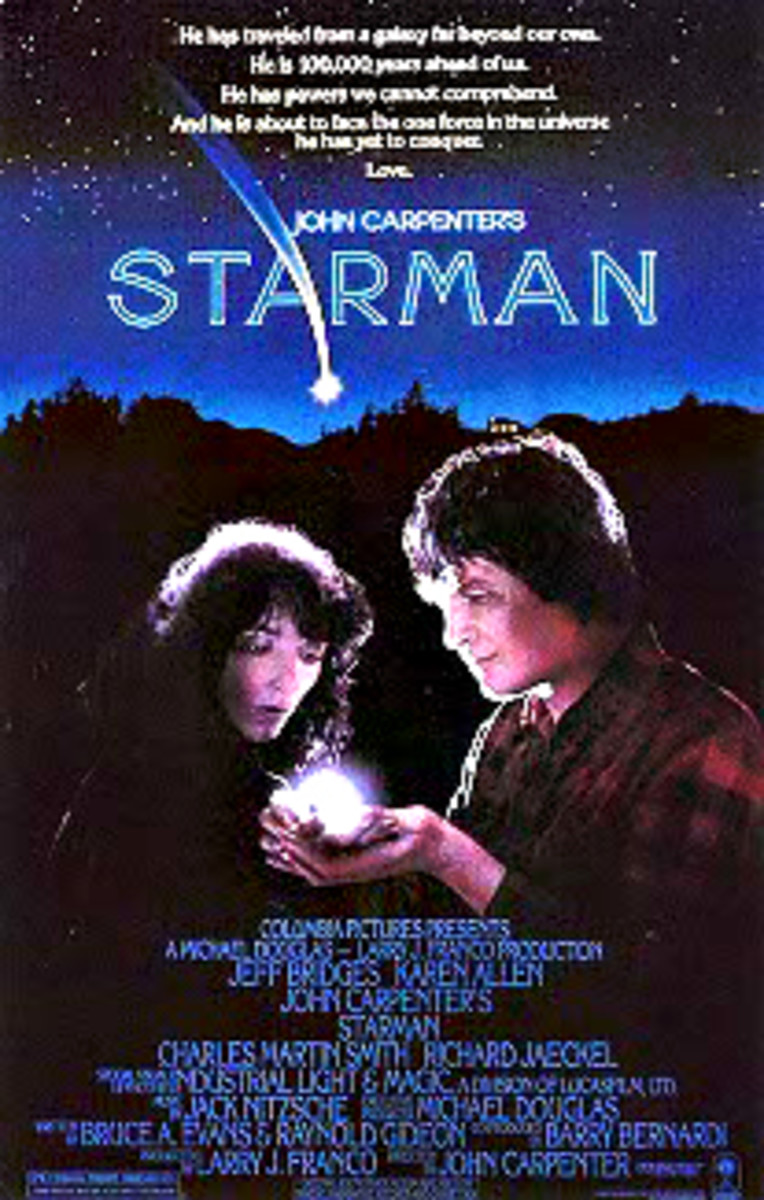Movie Review of "Singing in the Rain"

Singing in the Rain is a film that focuses on true Hollywood life when it was transitioning into sound. In normal circumstances, viewers can see a star -studded fantasy world through this movie. However, the film has brought out the reality in regard to competition, and talent. This film differs with other films that focus on Hollywood. This difference is in the sense that it has done it in a humorous manner. In particular, the film utilizes dance numbers, funny songs, bad shows and voices in illustrating its theme. This aspect is different from other films, which depict murder, suspense and hatred in when illustrating their movie. The movie is really entertainment as it can easily make a viewer laugh and be entertained while watching it. In essence, this film captures the struggle of the film production industry while in the process of being transformed into “talkies”. “Talks” are films that harbor sound dialogue between characters. Generally, the film is not only joyful, but also harbors an uplifting mood throughout. This in a way, depicts a diversity of musicals. The musical aspect and the situational humor presented in this movie make it more entertaining.
This hub focuses on analyzing the historical context of Singing in the Rain. In essence, the production of this movie occurred at a time when movie making was being transformed from silent to sound. Musical was already a popular mass media and entertainment at that time. In this paper, I want to dig in depth and know more about the historical background behind the film. In particular, this essay shows how this film breaks the barrier from silent movie to sound movie. From how this film is made, it is apparent that it draws much influence from historical perspective. This phenomena seems to have encouraged Stanley Donen and Gene Kelly to produce this film. In essence, the majority of films regardless of the era in which they were produced portray a historical context. This is the same case with “Singing in the Rain”, which despite having been produced some six decades ago has historical parts which, works even in the present day perspective. This film may be quiet old but it does not come off as a stale or old one. Any viewer watching this movie can gain an important insight concerning how Hollywood was in the development of talkies, as well as the demise of the silent era. In this film, this idea is brought out in a fun and light tone.
Historical Context of the Movie
The general plot of this movie is particularly inventive. When compared to other movies of that era, it is apparent that this film is far more sophisticated in its approach. However, it typifies this era since it presents a theme of love between Kathy Selden, who is a rising star, and Don Lockwood, who is an established actor who is struggling to adjust to the sound system, or the ‘talkies’. The film has effectively highlighted the statue of the film industry in transition. In addition, the movie has respondent to the fashionable craze that was inherent during the 1920s nostalgia.
The plot in “Singing in the Rain” has effectively portrayed the transformation of motion pictures from silent to talkies. Moreover, the film has also depicted the evolution of the movie industry from white and black to Technicolor. The movie provides another example of organic, “integrated musical” where the characters are able to express their feelings through their lives and behavior. In this film, dance and song replace the dialogue, especially during moments of passionate romance, and high spirits. In addition, more than half of the film is constituted of musical numbers, a feature that was not available during the silent period. Having been set in 1927, the film parodies and humorously satirizes the panic that typified the transformation from the silents into the sound in Hollywood in early 1920s when the sound revolution came.
Most of this film provides an autobiography of Hollywood during the emergency of talkies. The story focuses on dashing, a romantic but smug star in the film and Idol Matinee alongside their blonde, and his glamorous screen partner identified as Diva. Idol Matinee pretends to be romantically engaged with Diva. The two characters are also seen involving themselves in the Dancing Cavalier, which deviates from their initial silent romantic dram, the dueling Cavalier. However, one serious problem is apparent in this movie, the narcissist and temperamental star has a screechy and shrill accent typifying that of New York. The former dance and song partner of this star proposes to transform the film into musical and suggests that Don’s ingénue dancer and aspiring actress dub in her singing voice behind the scenes for Lina who is lip-synching. The outcome of their scheming in exposing the jealous Lina and put in a revealing limelight offers the movie’s expected happy resolution.
While watching the movie, I could notice that early sound equipments was not only defective, but also awkward. I also examined the style of communication between the different characters, and realized that it was not very much intelligent. However, despite this clumsiness, it appears that the introduction of the sound made the movie to be quiet effective.
Singin’ in the Rain shows how many actors coped with the emergency of the talkies during the silent era. For instance, Don Lockwood is portrayed as an experienced dancer and singer. Consequently, he finds it easy to adjust into using voice. On the contrary, his counterpart lady, Lamont Lina is not as lucky as he is. Despite the fact that Lamont appears glamorous, she is saddened by the fact that her poor diction and shrieking voice are no longer suitable for the new genre of the film industry. This is despite the fact that she had been renown has an historical heroin during her time. Lina is consequently brought down by her distended sense of stardom. Kelly also informs us that Lina who was based on the silent era is known off-screen for her poor grasp of the English language. The end of the film shows Lina’s career being dismantled while Kathy swaps places to become the leading lady for Don, both on the screen and off-screen.
The producer who has made up the Don Lockwood Lena Lamont movies has effectively turned the stars that were once in the silent film into a “talkie”. This faster turnaround does not reflect the actual events that occurred in 1927 movie production. It should be considered that most of the studios at this time wanted to emulate the Warners and its success. It is because of the success of Warners and companies that other studios wanted to duplicate the financial returns of such studios. There were few studios if any which dared to glut the market with talking movies. In essence, most theaters at that time were filled with silent movies only. However, the competitive pressures began to propel some of the studios on a gradual basis to begin looking for alternative strategies of improving their movies.
Singing in the Rain has affectively reflected that some studios other than Fox and Warner were focused at creating talking movies. In fact, some studios retrofitted the silent movies that were already in production to be released as talking pictures. Paramount studios had already made some movies such as the Canary Murder Case as a silent. However, the actors were brought into dubbling stages in recording their dialogue to match their mouth movements.
The central activity in the movie’s story is dubbing an actor’s voice for another. Donald O Connor gradually becomes brilliant which is depicted on how he uses his words in some of the key scenes. In this movie, one would think that the idea of an actor dubbing another’s voice came into being when sound movies had already been commercialized. However, this does not accurately reflect the history of screen.
The movie, Singing in the Rain has effectively portrayed the recordings as utilized by a performer who is expected to lip-synch to performance which had already been dedicated to media. This contradicts the actor lip-synching to a singer who appears live on the set. The technical employees achieved an effective recording of the lyrics, and the music. Moreover, though the musicians were not within the camera range were acting as the film continued. However, just to be frank enough, the quality of the pictures was not suitable for commercial purposes. This complication is reinforced by the fact that some of the scenes in the film were shot in Technicolor while majority of the scenes were in white and black.
There is a special song identified as “The Wedding of the Painted Doll” which can be identified in the “Singing in the Rain”. A viewer is able to hear the song briefly as part of the film montage depicts the great flurry of activities that were involved in making musicals especially during the early period of sound films. In the song, the “Wedding of the painted” which is found in this film contains the lyrics, (“today is a holiday, tatatata). What is more, the song “Singing in the Rain” has its roots in 1929 where it is derived from the musical film of the Hollywood Revenue of 1929. In fact, this song is used over five times considering that, the song was a hit at this time. This song is also the only one, which is placed under the opening credits of the films. Edwards Cliff who sings it through the middle of the movie follows this. After Cliff Edwards sing the song, then there is a chorus, which follows it afterwards. Moreover, there is a snippet of the song, which is incorporated in the female trio number. Further, the song is also sung by all the actors as they conclude the movie. It should also be considered that the final scene was done in color, and up to this time, the color footage still survives.
Conclusion
Indeed, Singing in the Rain has effectively showcased the transformation of the film industry from silent to sound. This concept is reinforced by the depiction of voice, speech as well as the problem related to synchronizing image and sound, particularly body and voice. The transformation of performance into music has been foreshadowed by the focus on tongue twisters, which portrays an emphasis of sound over meaning.
According to my own perspective, singing in the Rain is simply the finest musical that has ever been made. All the actors are at the top of their game. Moreover, the film has epitomized most of the things that constituted the musical genre. This includes the exciting type of entertainment that was experienced during the height of the studio era. Each time, I watch the movie, “singing in the movie”, clouds seems to disappear.






